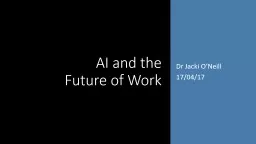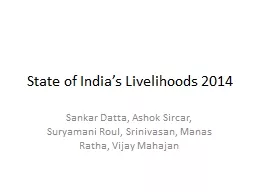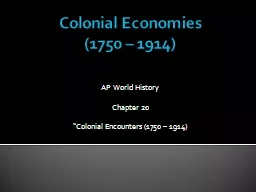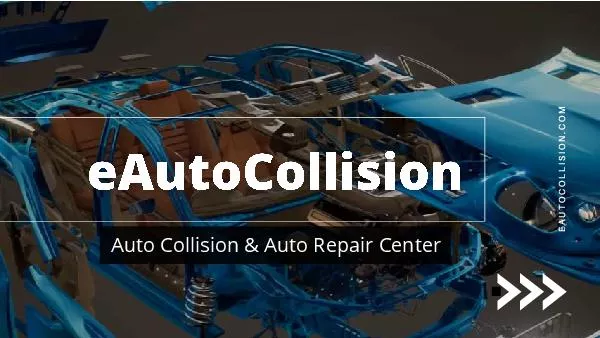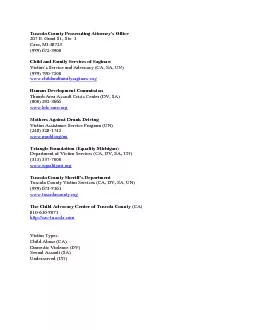PPT-From Crowdwork to Ola Auto: Can Platform Economies Improve Livelihoods in Emerging Markets?
Author : cheryl-pisano | Published Date : 2018-12-05
Dr Jacki ONeill DIODE Workshop 25 th May 2017 Ondemand economies and social good New ways of organizing work show promise for emerging markets But little evidence
Presentation Embed Code
Download Presentation
Download Presentation The PPT/PDF document "From Crowdwork to Ola Auto: Can Platform..." is the property of its rightful owner. Permission is granted to download and print the materials on this website for personal, non-commercial use only, and to display it on your personal computer provided you do not modify the materials and that you retain all copyright notices contained in the materials. By downloading content from our website, you accept the terms of this agreement.
From Crowdwork to Ola Auto: Can Platform Economies Improve Livelihoods in Emerging Markets?: Transcript
Download Rules Of Document
"From Crowdwork to Ola Auto: Can Platform Economies Improve Livelihoods in Emerging Markets?"The content belongs to its owner. You may download and print it for personal use, without modification, and keep all copyright notices. By downloading, you agree to these terms.
Related Documents

